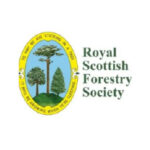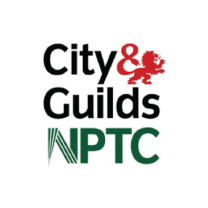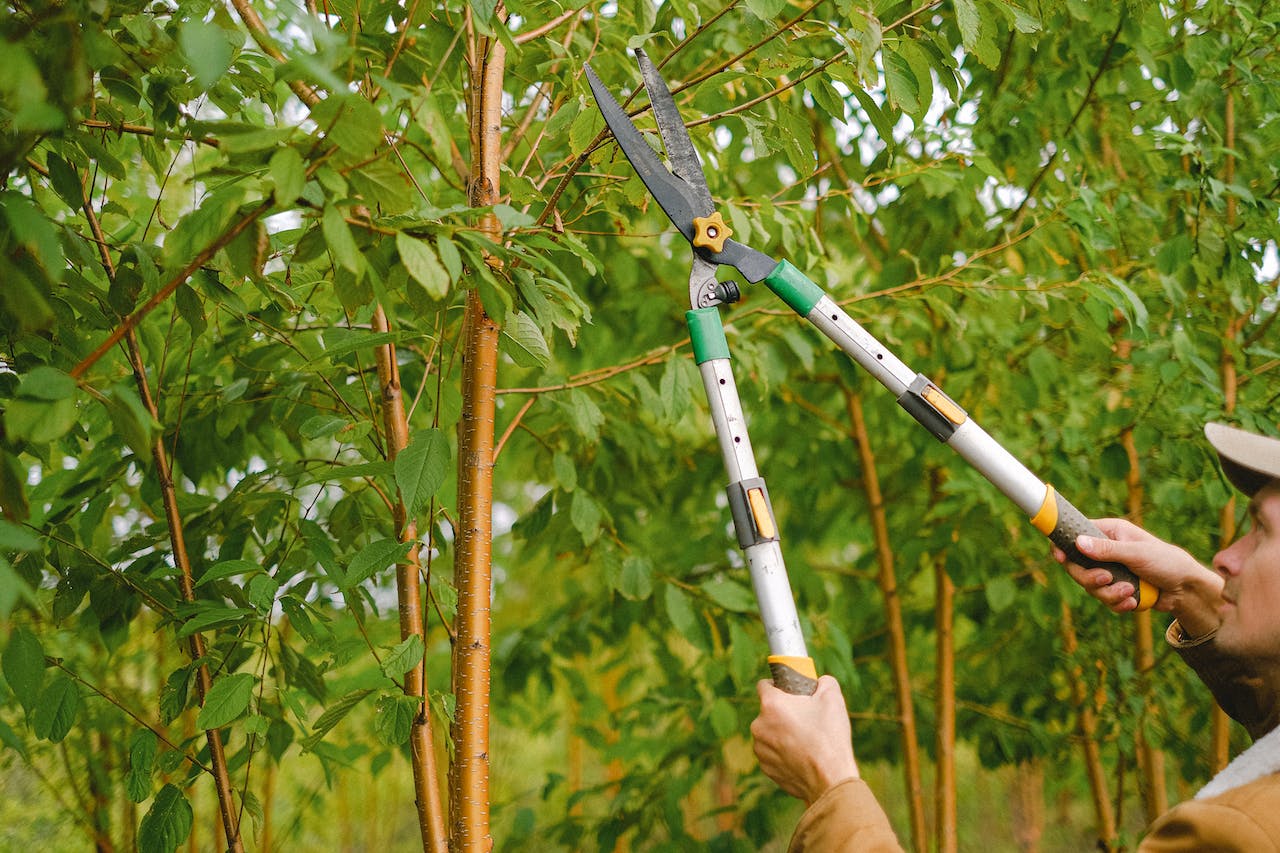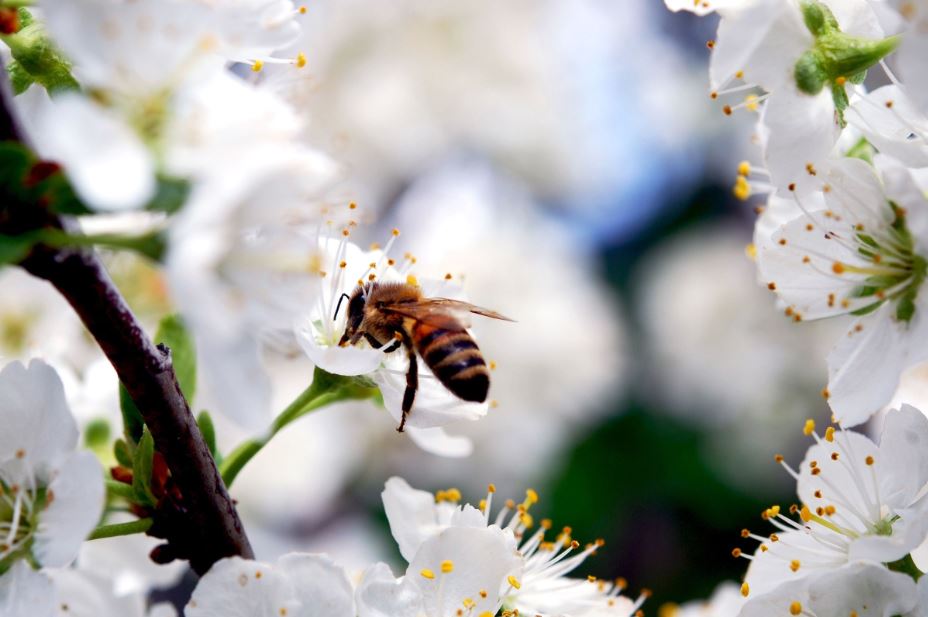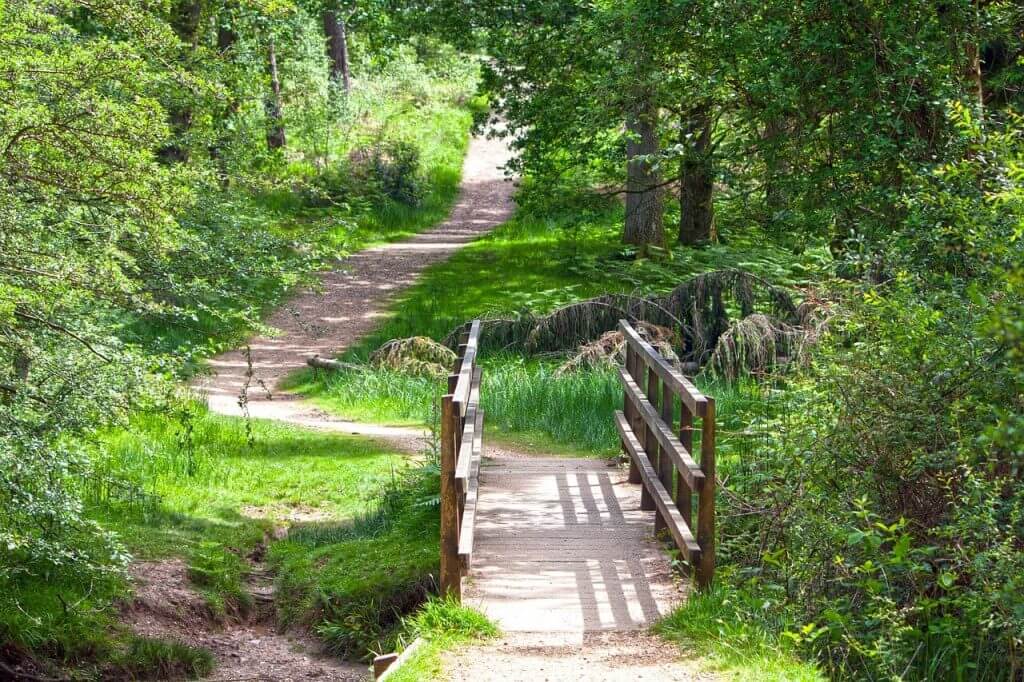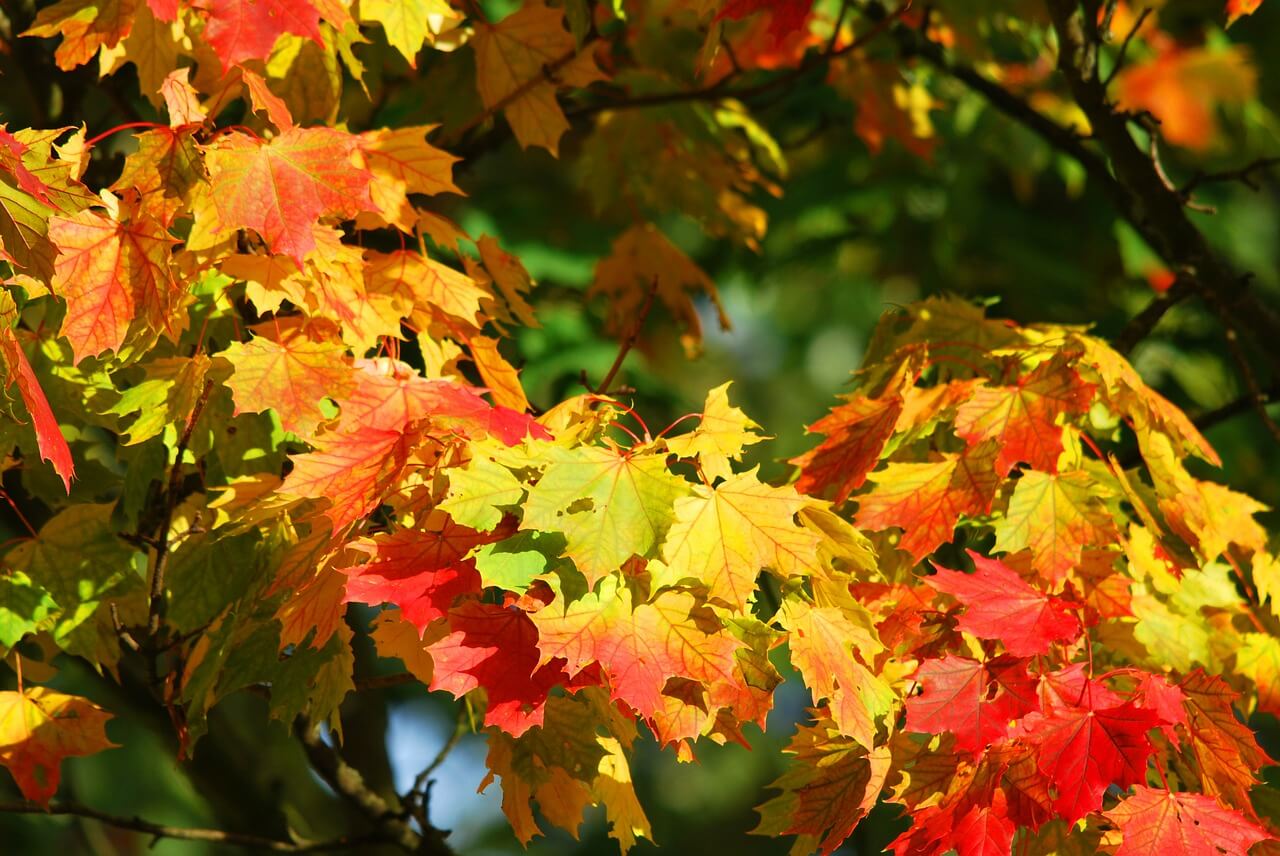Wood Carving : What you need to know about choosing and sourcing your wood
February 12, 2020
Hardwood v Softwood
When it comes to wood carving and the best woods, let’s start with the basics. Hardwood comes from the mature parts of broadleaf trees like oak, maple, cherry, ash, beech and walnut and has a more complex biological structure than softwood. This means that hardwood, as its name suggests, is generally more solid and dense, though there are exceptions (like balsa which is technically a hardwood, but is in fact quite soft!). Hardwood comes from trees that grow more slowly than softwoods, and that generally means a higher price tag. Softwood comes from trees like Pine, Larch, Spruce, and is more readily available at reasonable cost.
A beginner should start their wood carving craft with a softwood, which is not only easier to work but also a cheaper option for practice pieces. Pine is a good beginner’s choice in the UK as it is relatively cheap and easy available.
The Beauty of Wood : Woodgrain and Wood Markings
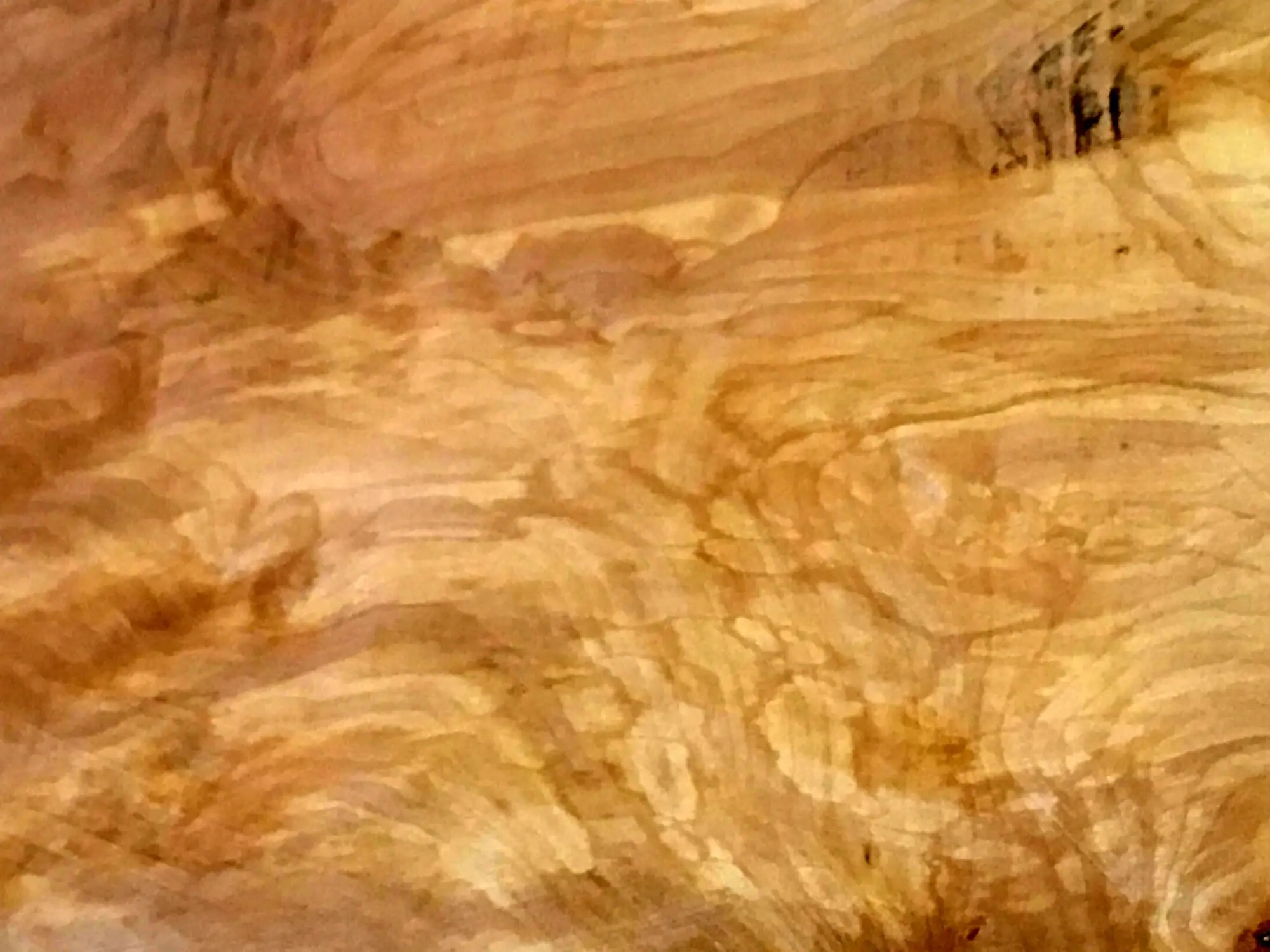
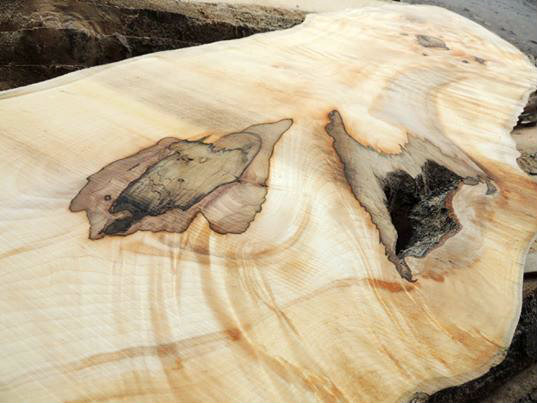
All wood has a grain, the pattern of fibres seen on the surface of wood, and most of us find this pattern one of the attractive features of wood. However, the grain represents areas of slightly different hardness and texture, and a wood carving beginner may be advised to select a piece of wood with minimum graining while learning the craft. Ultimately, of course, the carver will learn to exploit wood grain to advantage.
Spalting is a different form of wood marking which wood workers find highly desirable: it is caused by the action of a fungus and is often found in trees under stress. Spalted wood is weaken by the action of the fungus, so although the resulting colouration can be very attractive, a wood worker must be aware of the resultant loss of constructional strength.
Moisture Content of Wood
Wood is hygroscopic, meaning it can absorb water. This matters because the moisture content of wood affects its properties. Unbalanced and uncontrolled moisture levels can make wood crack, warp and degrade. Preparing timber through the drying process takes knowledge, experience and time, but is essential for obtaining a good quality piece of wood working timber.
Purchasing Wood for Woodcarving
Selecting your material for wood carving is arguably the most important step in the whole process, especially as you progress from beginner to advanced. No amount of craft skill or expensive tools will make up for substandard wood. If you have the knowledge, storage space and time to prepare your own timber, then that is your best option. Otherwise, most beginners will be content to buy their timber from local home improvement stores, tree surgeon or timber yard, moving on to a specialist timber supplier as they gain experience and the desire for quality wood pieces.
Benefits of Wood Carving
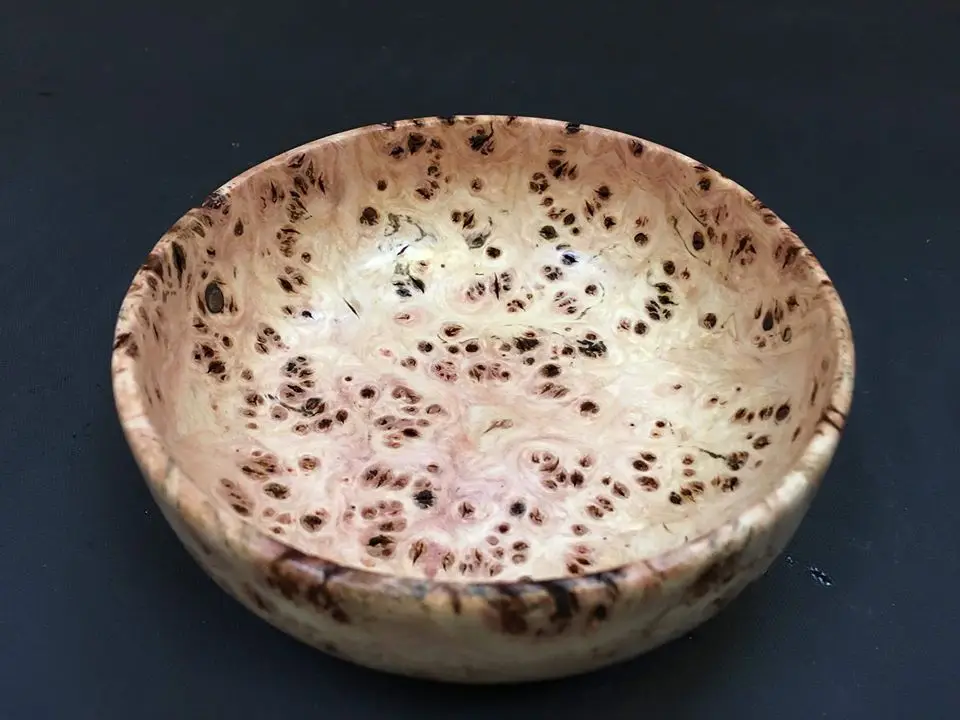
Wood carving is extremely rewarding. The thrill of creating a finished piece from a natural product has been enjoyed by countless generations through the centuries. And in our modern era, wood-working is recognised as an ‘active mindfulness’ pastime, bringing mental health benefits like relieving stress, depression and sleep problems. Give it a go!
Information provided by Epic Tree Care who is a provider of specialist timber products.
Telephone Number
Location
Craigenseat Farm, Crossroads, Keith, AB55 6LQ, United Kingdom
More from Epic Tree Care
Check our library of articles regularly, as we’re constantly growing our knowledgebase.

